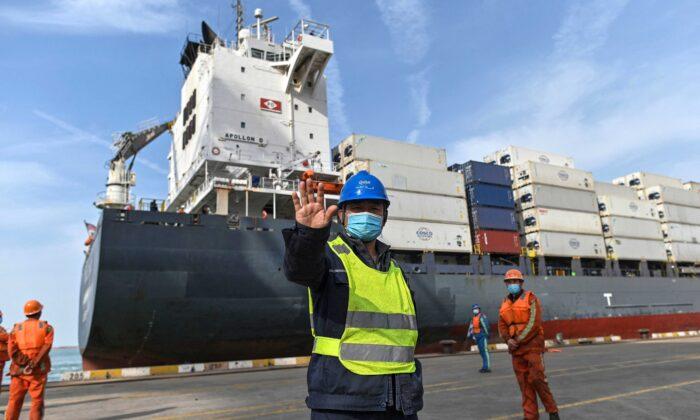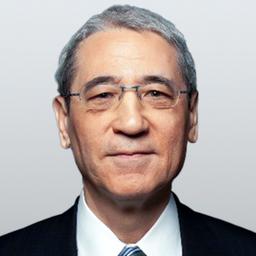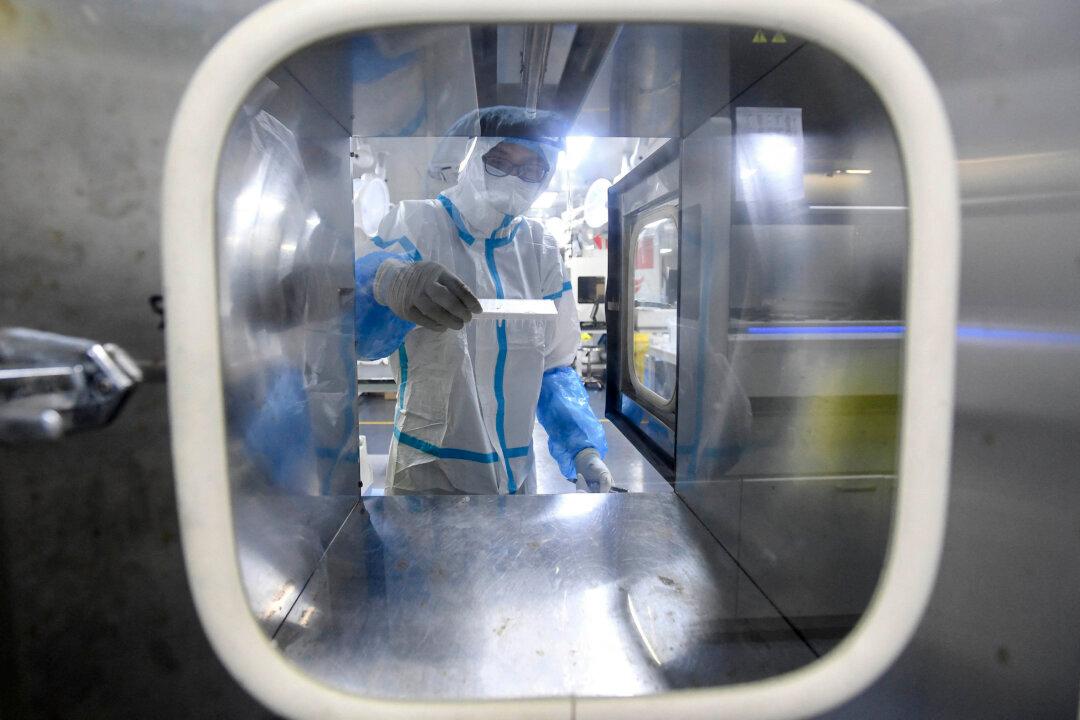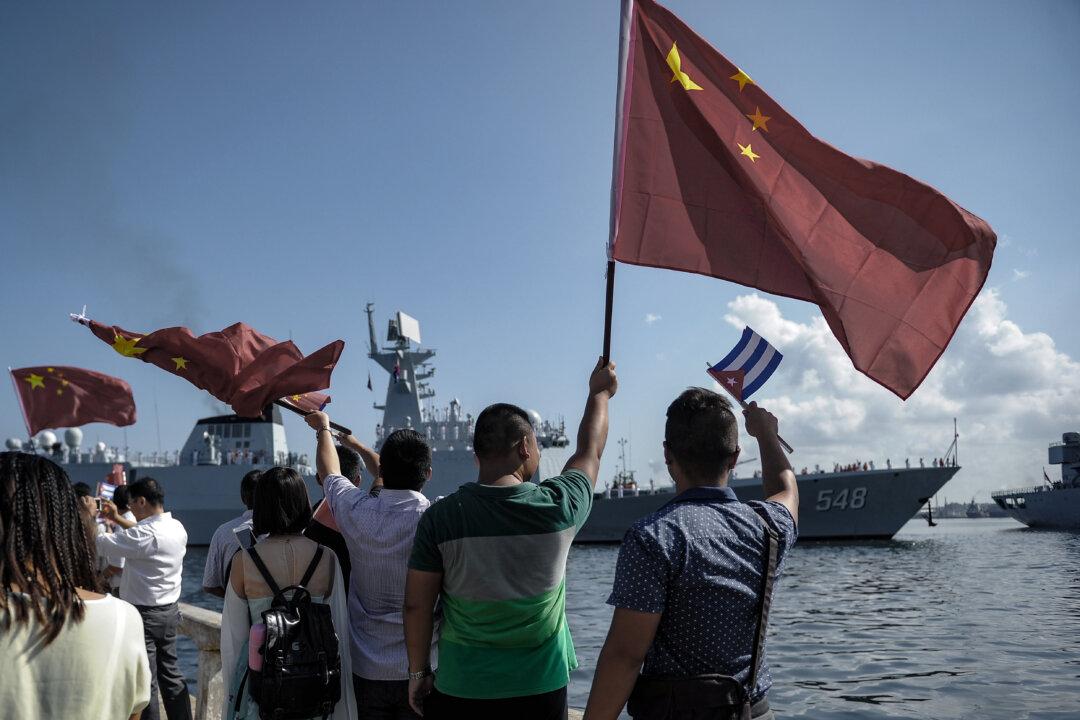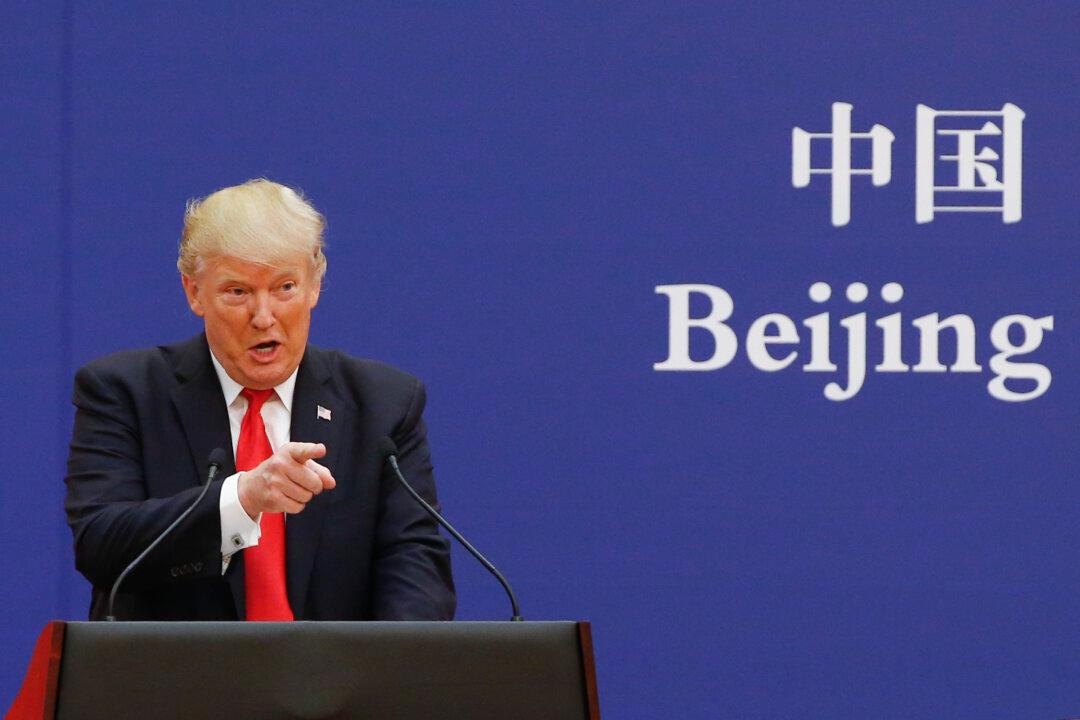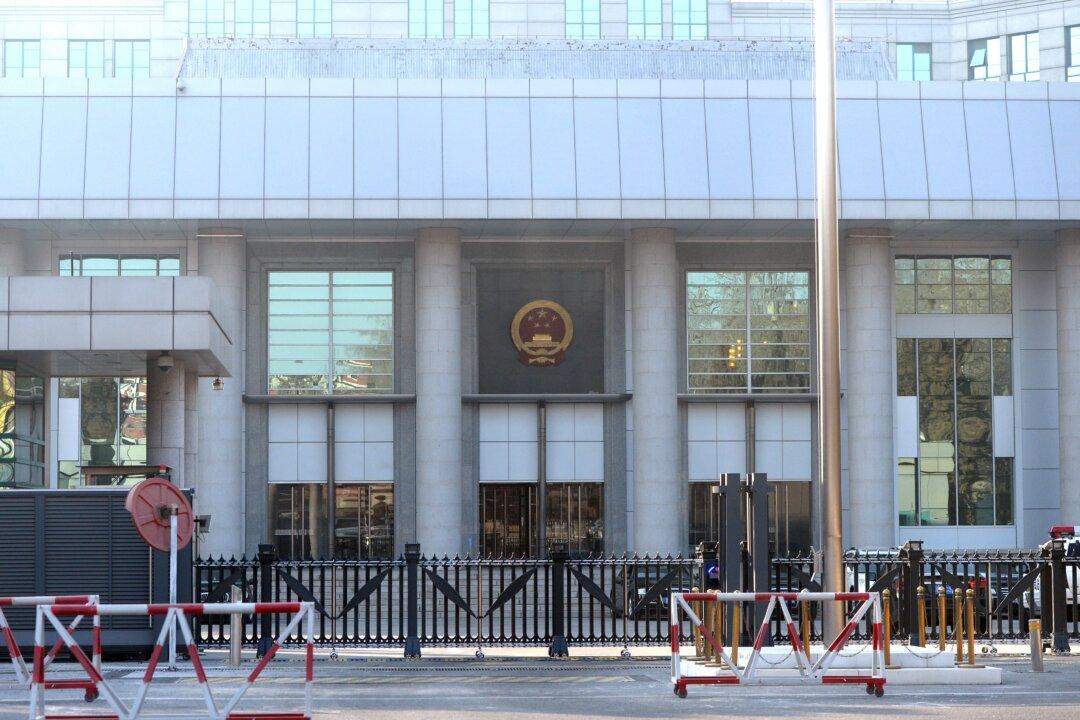Quick, someone call Santa. Christmas in America has been called off this year. Supply-chain disruptions in Asia mean no toys for the tots in December.
At least that’s what Vice President Kamala Harris suggested on her trip to Southeast Asia, and she is right. Shelves across America were bare earlier this year, and they will, in all probability, be bare again due to extraordinary supply-chain disruptions in China and throughout East Asia.
There is one solution that eliminates these disruptions and saves the planet. Harris did not mention it, and global elites just hate it.
Why will American children be disappointed during the holidays?
“Of course, the climate crisis is fueling a lot of this,” she proclaimed. “When we look at the stronger typhoons that have disrupted shipping lanes and sea-level rise, which threatens port infrastructure as an example. So these are the many issues that are causing these disruptions.”
No, madam vice president, climate change has almost nothing to do with the ongoing disruptions. There are many factors, such as the long-term shift of manufacturing to East Asia. Moreover, there are short-term problems, the transport of empty containers being one of them.
The closure of Meishan is especially consequential for American consumers because shippers use Ningbo to load cargo for Long Beach. Moreover, the closure could not have come at a worse moment. August is the peak shipping time for the day after Thanksgiving, better known in American retailing circles—and around kitchen tables across the United States—as Black Friday.
“These factors have turned global container shipping into a highly disrupted, under-supplied seller’s market, in which shipping companies can charge four to 10 times the normal price to move cargoes,” said Philip Damas of maritime consulting firm Drewry, referring to typhoons and COVID rules. “We have not seen this in shipping for more than 30 years.”
High shipping costs do not appear to be a temporary phenomenon. Damas expects “extreme rates” to continue until next year’s Lunar New Year holiday, but some predict they will continue until at least the end of 2022, especially as ships are pulled off routes to convert them from dirty bunker fuel to cleaner natural gas and diesel.
“There’s another massive shipping traffic jam out there, one that’s holding up even more cargo,” reports FreightWaves.
The disruptions in the bulk cargo sector are even worse, in part due to China’s strict COVID-19 rules, especially quarantines imposed on pilots.
Nick Ristic, a dry-cargo analyst at Braemar ACM Shipbroking, reports that in mid-August there were 1,692 bulkers with an aggregate capacity of 142 million deadweight tons waiting in queues around the world. That was, he says, “the highest level we have on record and about 15 percent higher year on year.”
Expect retail prices in America to go up. If you’re the shipping manager for Apple, you don’t really care, because the additional costs for shipping, say, an iPhone are negligible.
The added costs are not negligible, however, if you make larger items. “A 40-foot container can hold 20 sofas,” Jonathan Bass, CEO of home décor firm WhomHome, told Gatestone. “The dramatic increase in rates—it can now cost $25,000 to ship a container across the Pacific to the East Coast—adds about $1,625 per sofa.” That increased cost puts this furniture item out of reach for most consumers.
Bass, a near-shoring advocate, has a fix: “Now, given shipping costs and other factors that are not temporary, it would be cheaper to make sofas and other items in North America.”
Harris, who believes just about all the world’s problems result from climate change, should be happy with that solution, because it would eliminate carbon emissions from trans-Pacific shipping.
“The world’s cargo fleet heats waters at the rate of four nuclear bombs per day,” Bass said.
Let us remember: Every single sofa that Americans buy from China gives its malicious regime the funds to grow biological weapons, dig missile silos, and develop even more means to kill Americans. So every sofa we build on this side of the Pacific helps defend the American republic.
